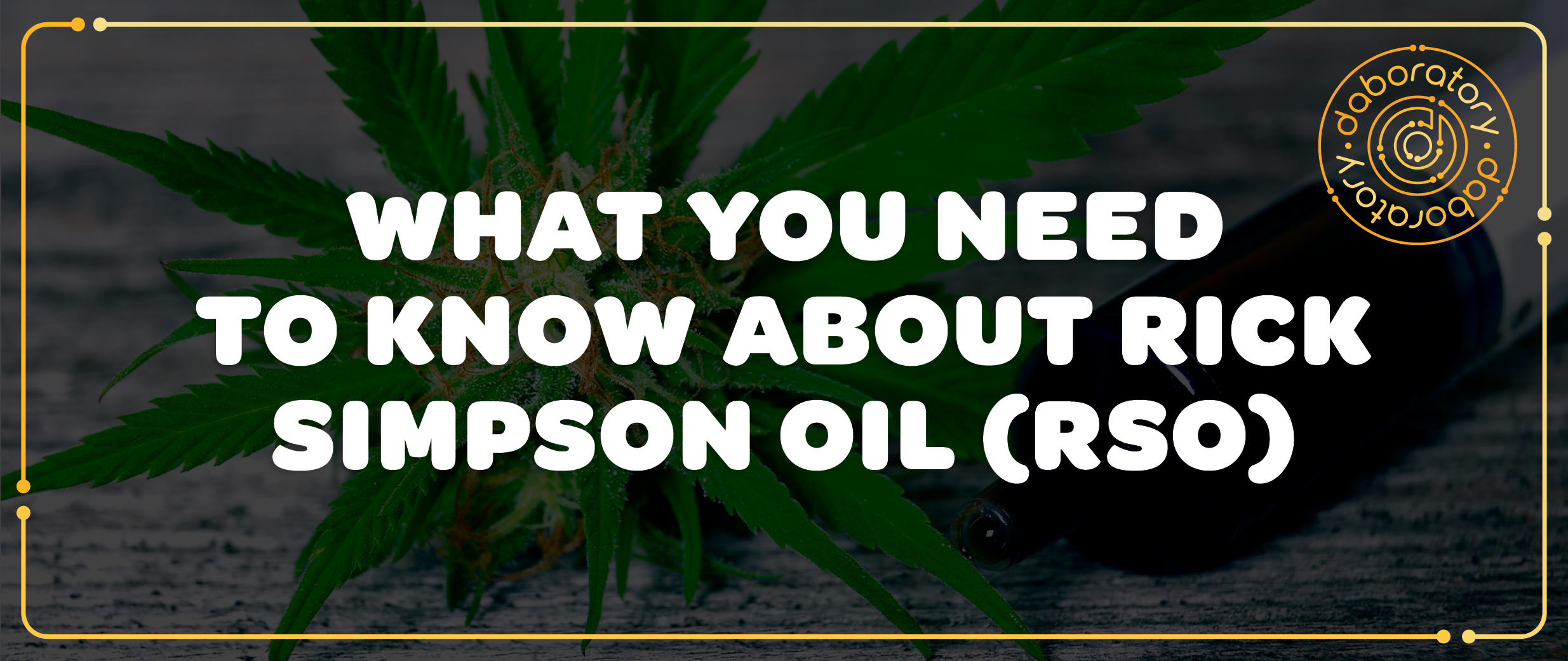The Chemistry Lesson You Didn’t Know You Needed
The past decade has seen enormous growth in the cannabis industry, with its evolution picking up speed with every month that passes. Terms like ‘concentrates’ and ‘extraction’ have become part of a cannabis consumers lexicon, yet, many concentrate users likely would respond with a head scratch if asked to define the term. Legalization has opened up varieties and forms of cannabis usage that the average marijuana smoker might have not known even existed prior to hitting a dispensary, so it’s understandable that acclimating to a new user guide takes time.
Generally speaking, cannabis concentrates are the result of distilling down the most desirable parts of the plant, while maintaining the cannabinoids and terpenes and removing the leftover plant material. This translates to around 60 to 80% THC in concentrates, whereas flower usually contains 15 to 20% THC. So, it’s easy to see what makes concentrates so alluring. Ultimately, what’s more important to understand about concentrates is their method of extraction, since the method of extraction determines what type of concentrate is produced.
Methods of extraction fall into two categories: those that use chemical solvents (i.e. extracts) to pull out the components of cannabis and those that don’t (i.e. concentrates). Before we lose any former high school students who might have left school with an intention to never again put their brain through the labyrinth that is chemistry…just know that solvents are chemicals that dissolve a solid into a liquid solution. And, perhaps consider that your love of cannabis can maybe help heal your high school chemistry wounds.
Solvent-Free Extraction
Instead of relying on a solvent for extraction, solventless concentrates rely on mechanical forces and changes in temperature to separate the resin glands from the cannabis flower. Hash, rosin and kief are all examples of solventless concentrates. However, they are not considered extracts because extracts are a specific type of concentrate made using a solvent. So, while all extracts are concentrates, not all concentrates are extracts. Confusing, right?
More important than the concentrate / extract tongue twister is the fact that most solventless concentrates contain only the head of the plant’s trichomes, where the highest concentration of cannabinoids and terpenes reside. The method of extraction will depend on the texture, flavor and potency desired. Rosin is produced with heat and pressure, resulting in resinous oil. Bubble hash, on the other hand, uses cold temperatures that produce a sticky concentration of trichomes. A good place to start exploring where your preference lies is on the Daboratory product page, where you’ll be able to let your tastebuds lead the way.
Solvent-Based Extraction
Solvent-based extraction typically uses a solvent to dissolve and separate the active ingredients from the cannabis plant, leaving behind a THC concentrate. This method is cheaper and more accessible than solvent-free extraction and the most common solvents in the cannabis industry are butane, propane, ethanol and CO2.
Hydrocarbon extracts are typically labelled as BHO, Butane Hash Oil. Butane is the most common solvent used in the extraction process because of its extreme potency. To get BHO, the process starts with a tube containing the cannabis plant and a vessel containing butane, or another hydrocarbon like propane. Cannabinoids like THC, CBD and CBA are drawn out of the plant by pumping the hydrocarbon into the flowers of cannabis, leaving residual butane to be removed via a low-temperature vacuum.
Ethanol hash oil (EHO) is different in that it involves soaking the cannabis briefly in pure alcohol at low temperatures to extract the cannabinoids and terpenes. What’s convenient about this method of extraction is its efficiency – ethanol dissolves terpenes and cannabinoids much faster than butane. This method can be appealing in that it requires minimal equipment and can be easily added to food without overpowering the final product.
Finally we have Supercritical CO2 oil, aka what’s typically found in pre-filled cartridges. This method has been used in many established industries, like for essential oils and other fragrances, and is operationally safer and cleaner. Notably, supercritical CO2 is not at risk of leaving behind potentially harmful substances upon extraction. P.S., supercritical fluids are gases that are exposed to high pressure until they become liquids. So, CO2 is unique in that it has the properties of a liquid and a gas and therefore can completely dissolve plant matter. This method retains more terpenes, making for a more flavorful vaping experience.



